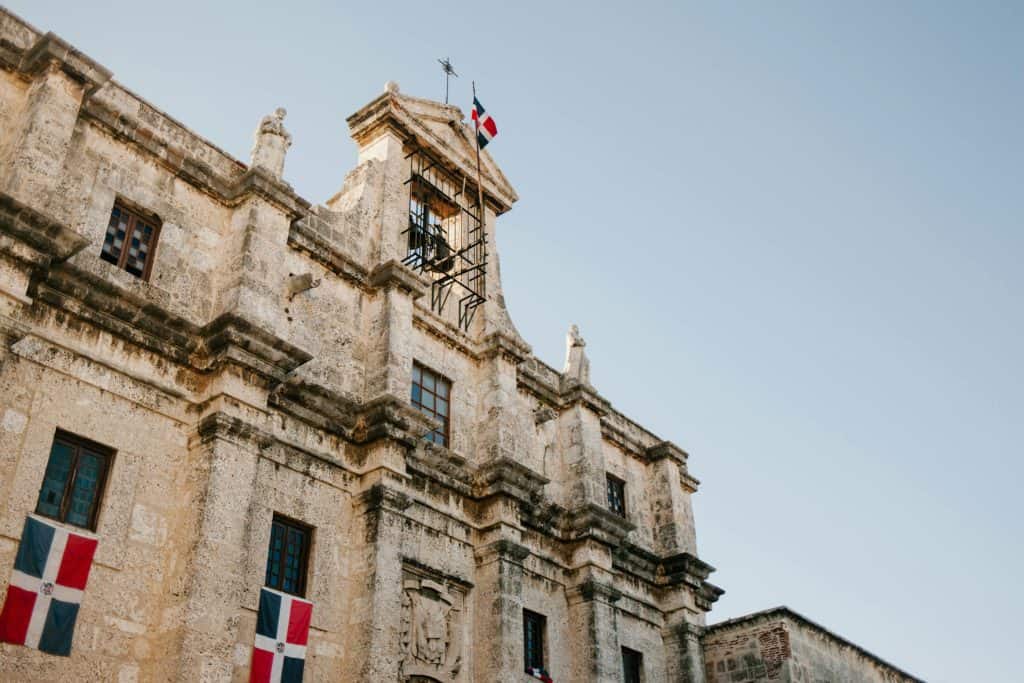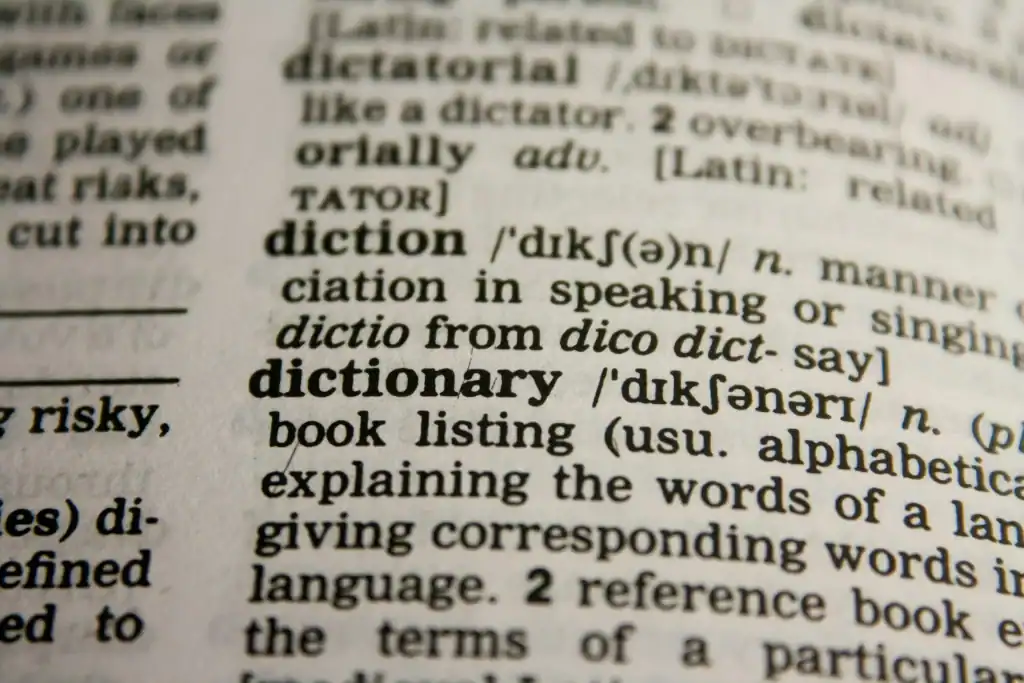Back when I first landed in Santo Domingo a decade ago, I thought my Spanish was decent enough—until a dry-cleaner wrote “pliegues de sudor” on my ticket and handed me a numbered chip that looked suspiciously like something from a casino. A week later, in Medellín, another lavandería scribbled “mancha de salsa” with a circle so dramatic it felt like Scarlett O’Hara had fainted on my shirt. Nothing in my “Where Is the Bathroom?” phrasebook had prepared me for the poetry of stains. So I started collecting these slips the way some people stash concert stubs. That quirky hobby has become my unexpected gateway to richer Spanish Vocabulary and deeper cultural insight, and it’s exactly what I’m sharing with you today.
Why Dry-Cleaning Tickets Matter More Than You Think
The little rectangles of thermal paper—those tickets that crumple in tropical humidity—are micro-lessons in everyday Spanish. Each one is a crash course in local shorthand, customer service etiquette, and, yes, laundry-day neurosis. In Colombia, a ticket might lovingly describe a stain as “una mancha de guayaba,” while a Dominican cleaner writes “gotas de mangú” like it’s a family secret. The moment we decode these culinary references, we’re not just expanding our Spanish Vocabulary; we’re stepping into kitchens, back patios, and food stalls all across Latin America.
The Semi-Secret Codes
You will often see two-letter markings—say, “GR” for grasa (grease) or “SL” for salsa—in Colombia. In the DR, an employee may handwrite “grasa” in full, sometimes topping it with an accent mark that looks like a seagull mid-flight. Both approaches reveal attitudes toward formality: Colombian shops lean pragmatic, Dominican ones indulgently expressive. Learning to spot these tiny cultural fingerprints sharpens your ear and your eye faster than any classroom drill.
Example in Spanish:
“Señor, aquí le marcamos ‘SL’ porque la mancha es de salsa de tomate.”
English translation:
“Sir, we marked ‘SL’ here because the stain is tomato sauce.”
The Art of Naming a Stain
Ask three Dominicans and three Colombians to label the same blotch, and you’ll receive six dazzlingly different answers. Each label reflects not only regional Spanish Vocabulary but also regional cuisine. A paisa employee in Medellín might say “¿Es esto un derrame de fríjol?” while a santiaguero in the Cibao region will frown and declare “¡Eso es moro pega’o!”—burnt rice, naturally.
Savor the Syntax
The noun mancha anchors most stain talk in Latin America. What changes is the preposition: mancha de vino (wine), mancha con lodo (mud), or the Dominican-flavored mancha e’ plátano—dropping the “d” in “de” just like you’d drop a hot pastelito. Mastering such nuances emboldens you to learn Spanish as an expat rather than as a textbook parrot.
Example in Spanish:
“Esta mancha de guandules es dura, pero se la sacamos.” —DR usage
English translation:
“This pigeon-pea stain is stubborn, but we’ll get it out.”
Another example:
“La mancha con tinta se trata con solvente.” —Colombia
English translation:
“The ink stain is treated with solvent.”
Pickup Slips and the Dance of Etiquette
When you return to claim your freshly pressed guayabera or your Bogotá business shirt, the theatrics continue. In the DR, the counter clerk may greet you with a question that sounds existential—“¿E’te es tuyo o e’ del jefe?”—as if hierarchy itself determines wrinkle depth. In Colombia, expect a polite but brisk “¿A nombre de quién quedó la prenda?” followed by the ceremonious tearing of carbonless copies. Observing these differences doesn’t just bulk up your Spanish Vocabulary; it refines your sense of timing, humor, and hierarchy across the Caribbean and the Andes.
Numbers, Chips, and Espíritu Santo
Dominican cleaners favor a physical chip or plastic tag, sometimes blessed (they’ll tell you) by the Espíritu Santo to ensure clothes return intact. Colombians rely more on sequential ticket numbers and barcodes. If you lose the ticket in Medellín, brace yourself for a mini-interrogation and perhaps a photo ID check. Lose it in Santo Domingo and someone’s abuela will swear she knows your cousin—and your khakis will appear magically.
Example in Spanish:
“Perdí el numerito, pero la camisa es la blanca de rallas azules.” —DR
English translation:
“I lost the little number, but the shirt is the white one with blue stripes.”
Spanish Vocabulary: Table of Handy Terms
| Spanish | English | Usage Tip |
|---|---|---|
| mancha | stain | Pairs with “de” plus culprit: mancha de vino. |
| grasa | grease | Often abbreviated “GR” on Colombian tickets. |
| arruga | wrinkle | Dominicans exaggerate the “r”: arrrruga. |
| planchar | to iron | In the DR, you might hear “planchá” for past participle. |
| lavandería | laundry / dry-cleaner | Use “tintorería” in Bogotá for upscale shops. |
| ficha | token / chip | Dominican ticket substitute; guard it like a metro card. |
| resbalón | pickup slip | Common term in Colombia; literally “little slip.” |
| entregar | to deliver / hand over | Verb you’ll hear at pickup: “Listo para entregar.” |
| solvente | solvent | Ask if you have delicate fabrics: “¿Usan solvente suave?” |
Example Conversation: At the Counter from Drop-Off to Pickup
Context: You’re in a Medellín tintorería. The clerk starts formally, then eases into casual “tú” once she sees you’re chill. I’ve marked Colombian versus Dominican flavor where relevant.
Empleado: Buenas tardes, ¿en qué puedo ayudarle?
Employee: Good afternoon, how may I help you?
Tú: Quiero dejar esta chaqueta; tiene una **mancha berraca** en la manga. (Colombia)
You: I want to drop off this jacket; it has a nasty stain on the sleeve.
Empleado: ¿Se trata de grasa o tinta?
Employee: Is it grease or ink?
Tú: Creo que es salsa de chimichurri, para ser sincero.
You: I believe it’s chimichurri sauce, to be honest.
Empleado: Perfecto, la marcamos como “SL”. ¿Para cuándo la necesita?
Employee: Perfect, we’ll mark it as “SL.” When do you need it by?
Tú: Mañana por la tarde, si se puede.
You: Tomorrow afternoon, if possible.
Empleado: Claro que sí. Su número es el 256, y aquí está el resbalón.
Employee: Certainly. Your number is 256, and here is the pickup slip.
—Al día siguiente en la DR—
–The next day in the DR–
Empleado: ¡Oye, mi rey! ¿Y la ficha dónde está?
Employee: Hey, my king! And where’s the chip?
Tú: La dejé en la casa, pero solo hay una chaqueta verde aquí con mi nombre.
You: I left it at home, but there’s only one green jacket here with my name.
Empleado: Tranquilo, yo confío. Esa es la tuya. Dale pa’ lante.
Employee: Relax, I trust you. That one’s yours. Go ahead.
A Tale of Two Accents and One Sharpened Ear
Switching islands and mountains clarifies sound the way alternating glasses of red and white cleanse the palate. Every short flight from Santo Domingo to Medellín re-tunes my ear. The Caribbean sings its syllables, swallowing s’s like ocean foam; the paisa accent stretches vowels and kisses the final “s”. The same Spanish Vocabulary gets remixed, and your brain becomes a DJ matching beats. I’ve learned that listening for cadence first—and vocabulary second—helps me code-switch without missing a step, whether I’m praising a Dominican añejo or sipping Colombian tinto.
Practical Reflection
Next time you stand at a dry-cleaning counter, linger. Read every scribble, ask follow-up questions, joke about how many lives a guayabera can have. Doing so transforms an errand into an immersion lab. Over time, your Spanish Vocabulary grows organically, your accent picks up local spices, and your understanding of cultural etiquette becomes second nature. Plus, fewer shirts will vanish into the bilingual Bermuda Triangle.
Closing Thoughts and an Invitation
Mastering stain talk won’t earn you a PhD, but it might score a free coffee from a grinning clerk proud of your effort. Spanish blossoms when we embrace the mundane. I’ve come to adore the crinkle of those tickets as much as any beach sunset or Andean skyline, because each slip is proof that language lives where our clothes, our food, and our sense of humor collide.
How has bouncing between countries sharpened your ear or expanded your repertoire of unexpected terms? Drop your stories—or that bizarre word you picked up at a corner lavandería—in the comments. Let’s keep each other’s shirts crisp and our conversations even fresher.
¡Hasta la próxima prenda limpia!
James, your roaming, stain-obsessed wordsmith


